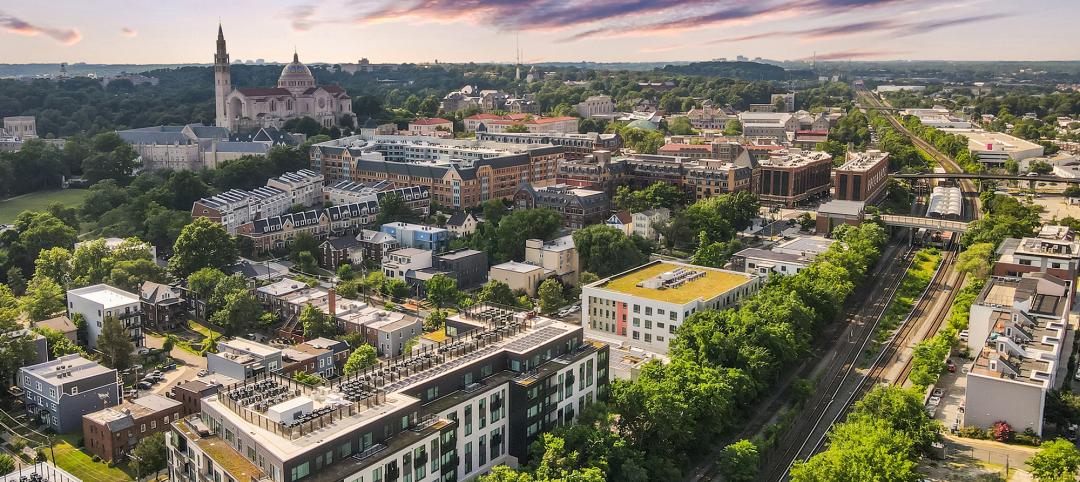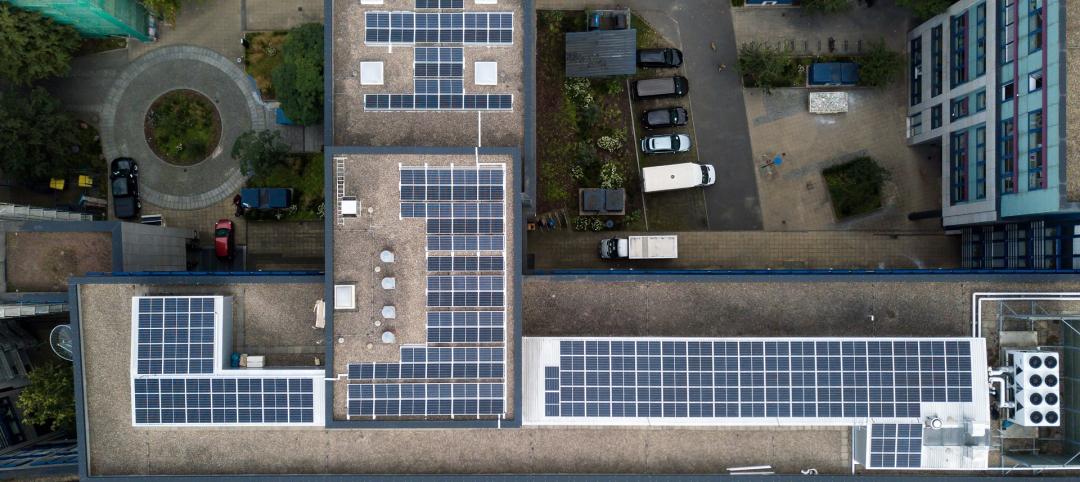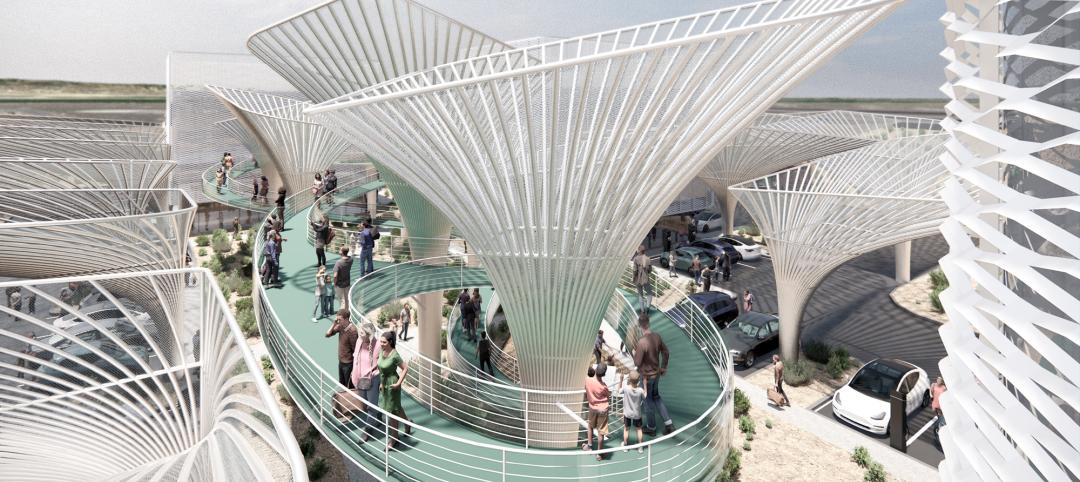Entrepreneur Elon Musk has tried his hand at space travel, producing electric cars, and churning out home and commercial battery packs. His auto-making company, Tesla, this month paid $2.6 billion in cash to purchase Solar City, the struggling photovoltaic panel supplier that’s run by Musk’s cousin Lyndon Rive.
And now Solar City plans to develop stylish solar panels that would take the place of roof tiles on top of residential homes. These tiles would be manufactured at Solar City’s gigafactory in Buffalo, N.Y., using technology from Silevo, which Solar City acquired two years ago.
Ever the optimist, Musk is positioning his solar shingles as a preferable alternative to tiles or asphalt shingles that are typically used to replace roofs on more than five million houses annually. Solar City says it plans to have two solar products ready by the end of this year, one for existing roofs and the other that will be integrated within a roof, according to trendintech.com. Other details, like prices and production schedules, were not disclosed.
Building-integrated photovoltaic (BIPV) technology is not new. Photovoltaic shingles first came onto the market in 2005. They even merited a mention in Scientific American, which singled out Dow Chemical’s Powerhouse and CertainTeed’s Apollo brands, both of which introduced in 2011, as the leading solar shingles at the time.
CertainTeed’s Apollo II solar shingle is still available. GAF, according to its website, offers a solar roofing system in the six states that provide homeowner tax subsidies for installation. And last spring a Los Angeles startup called Sunflare came out with solar roofing product that dispenses with a glass substrate, and therefore are 65% lighter than solar panels. Sunflare’s product, which will soon be in production, is unique in that it is flexible enough to wrap around curves, can be cut to fit any roofline, and can be taped to an existing roof.
But Dow discontinued its PowerHouse Solar System 2.0 on July 28, and made its last shipments earlier this month. This sector, in fact, is littered with producers—including Applied Solar, Flexcell, Germany’s Soltecture, and even the oil giant BP—whose BIPV products have come and gone.
The problem that solar shingles have yet to overcome is that they generate electricity less efficiently than solar PV arrays. The shingles weren’t very attractive, either.
Tesla watchers point out that if Musk can make the design of ordinary batteries elegant, why not solar panels? And BIPV technology fits into his larger strategy for Tesla to become a fully integrated home energy company that makes solar roofs that capture energy for the house as well as for the home battery storage system that Tesla’s electric cars plug into for power.
Musk has also discussed installing solar roofs on the tops of Tesla’s cars.
Related Stories
75 Top Building Products | Apr 22, 2024
Enter today! BD+C's 75 Top Building Products for 2024
BD+C editors are now accepting submissions for the annual 75 Top Building Products awards. The winners will be featured in the November/December 2024 issue of Building Design+Construction.
Sustainability | Apr 8, 2024
3 sustainable design decisions to make early
In her experience as an architect, Megan Valentine AIA, LEED AP, NCARB, WELL AP, Fitwel, Director of Sustainability, KTGY has found three impactful sustainable design decisions: site selection, massing and orientation, and proper window-to-wall ratios.
Products and Materials | Jan 31, 2024
Top building products for January 2024
BD+C Editors break down January's top 15 building products, from SloanStone Quartz Molded Sinks to InvisiWrap SA housewrap.
75 Top Building Products | Dec 13, 2023
75 top building products for 2023
From a bladeless rooftop wind energy system, to a troffer light fixture with built-in continuous visible light disinfection, innovation is plentiful in Building Design+Construction's annual 75 Top Products report.
Cladding and Facade Systems | Sep 22, 2023
5 building façade products for your next multifamily project
A building's façade acts as a first impression of the contents within. For the multifamily sector, they have the potential to draw in tenants on aesthetics alone.
Mass Timber | Sep 1, 2023
Community-driven library project brings CLT to La Conner, Wash.
The project, designed by Seattle-based architecture firm BuildingWork, was conceived with the history and culture of the local Swinomish Indian Tribal Community in mind.
Products and Materials | Aug 31, 2023
Top building products for August 2023
BD+C Editors break down 15 of the top building products this month, from frameless windscreens to smart fixture mount sensors.
Green | Aug 7, 2023
Rooftop photovoltaic panels credited with propelling solar energy output to record high
Solar provided a record-high 7.3% of U.S. electrical generation in May, “driven in large part by growth in ‘estimated’ small-scale (e.g., rooftop) solar PV whose output increased by 25.6% and accounted for nearly a third (31.9%) of total solar production,” according to a report by the U.S. Energy Information Administration.
Modular Building | Jul 6, 2023
Lennar, Mastry Ventures make multi-million dollar investment in net-zero prefab homes
Mastry Ventures and LENx, the venture arm of homebuilder Lennar, have co-invested in Vessel Technologies’ next-generation housing product.
Steel Buildings | Apr 6, 2023
2023 AISC Forge Prize winner envisions the gas station of the future
Forge Prize winner LVL (Level) Studio envisions a place where motorists can relax, work, play, shop, or perhaps even get healthcare while their vehicles charge.

















